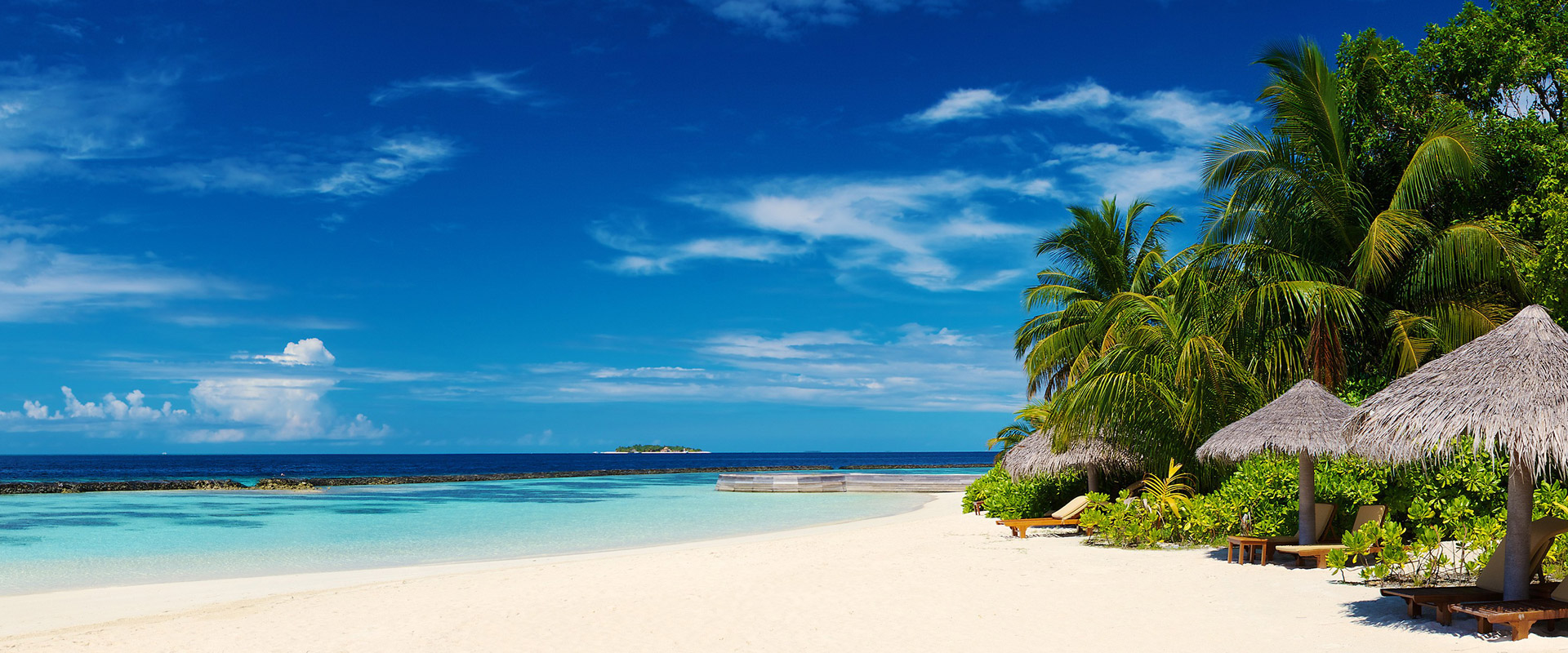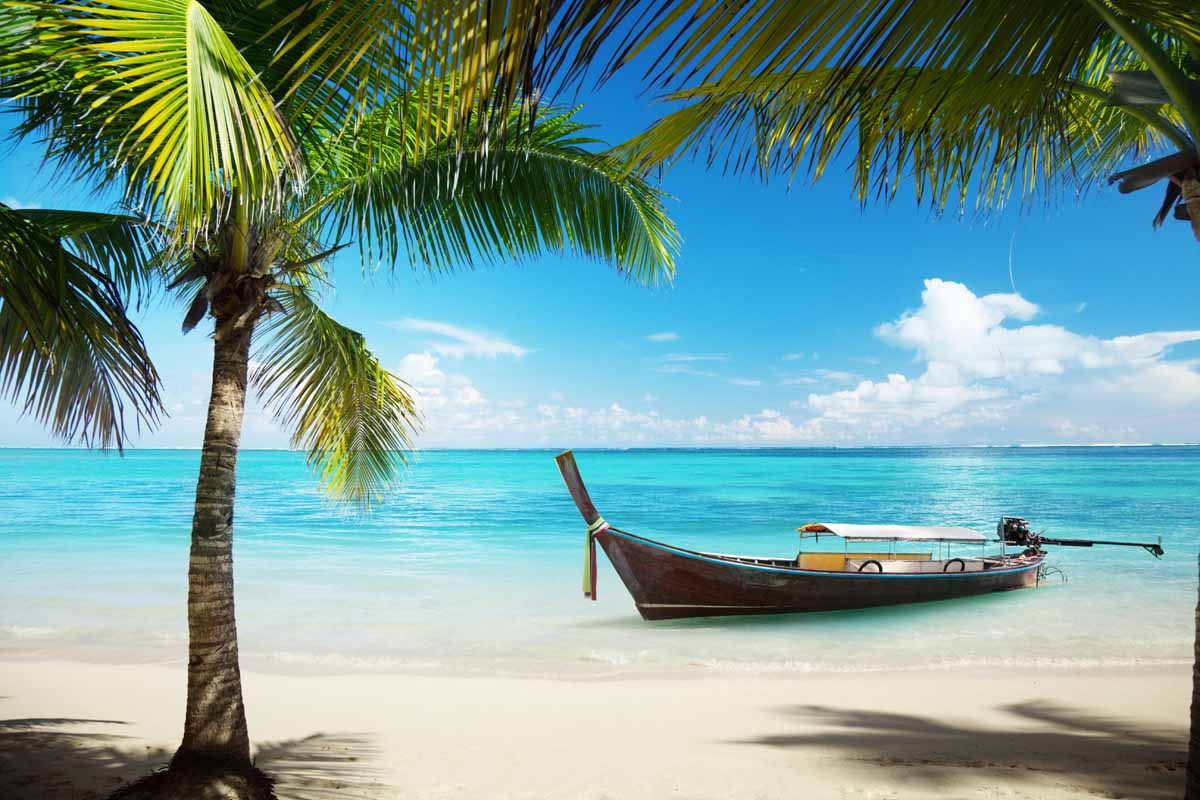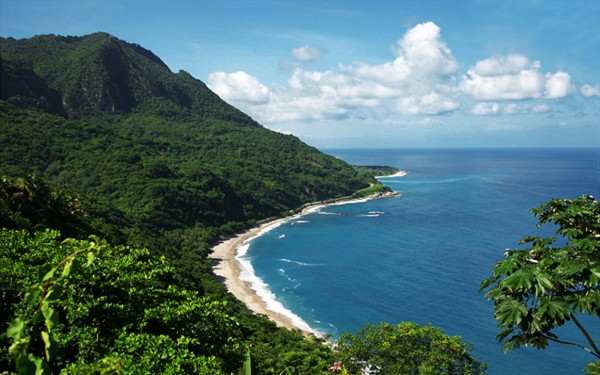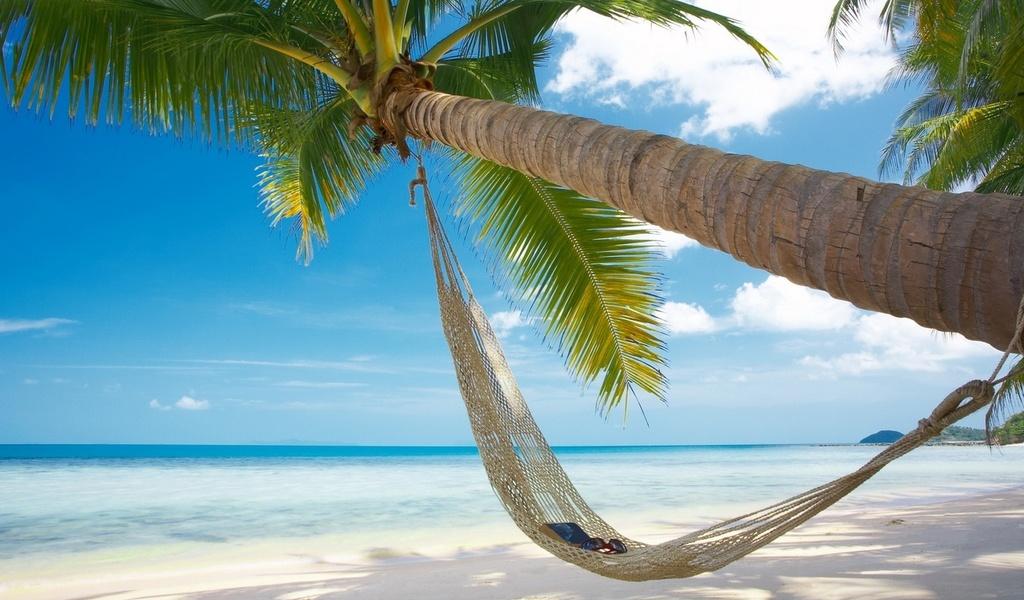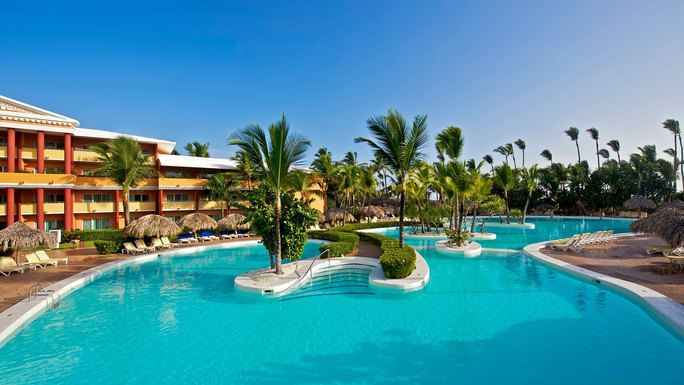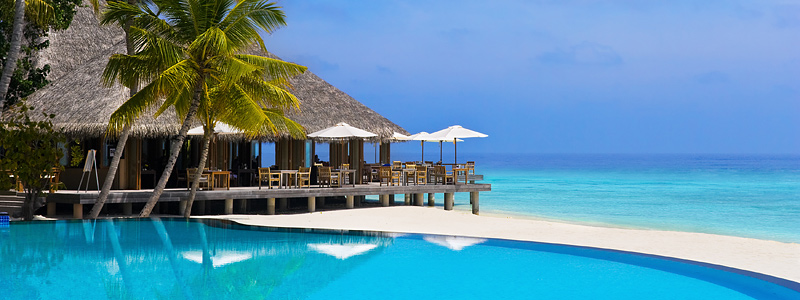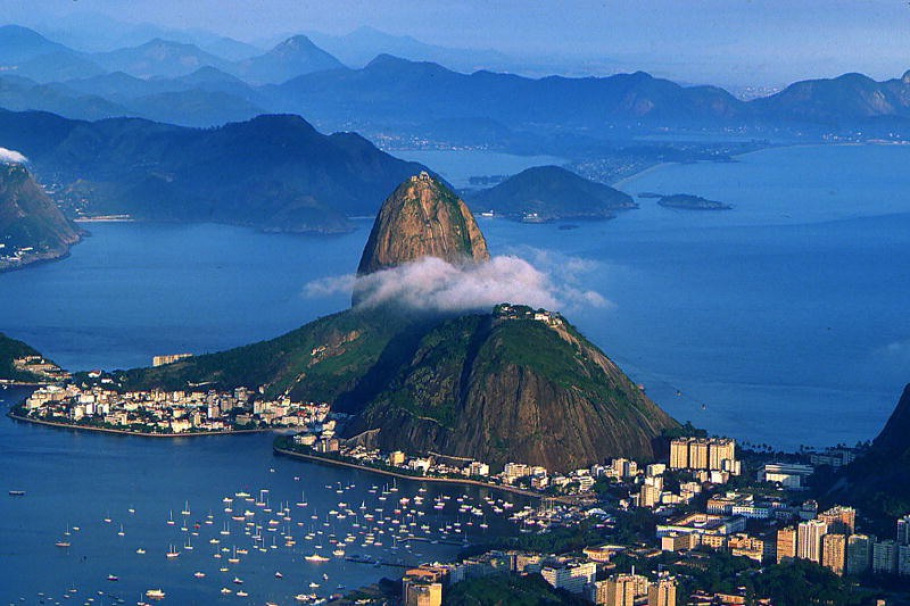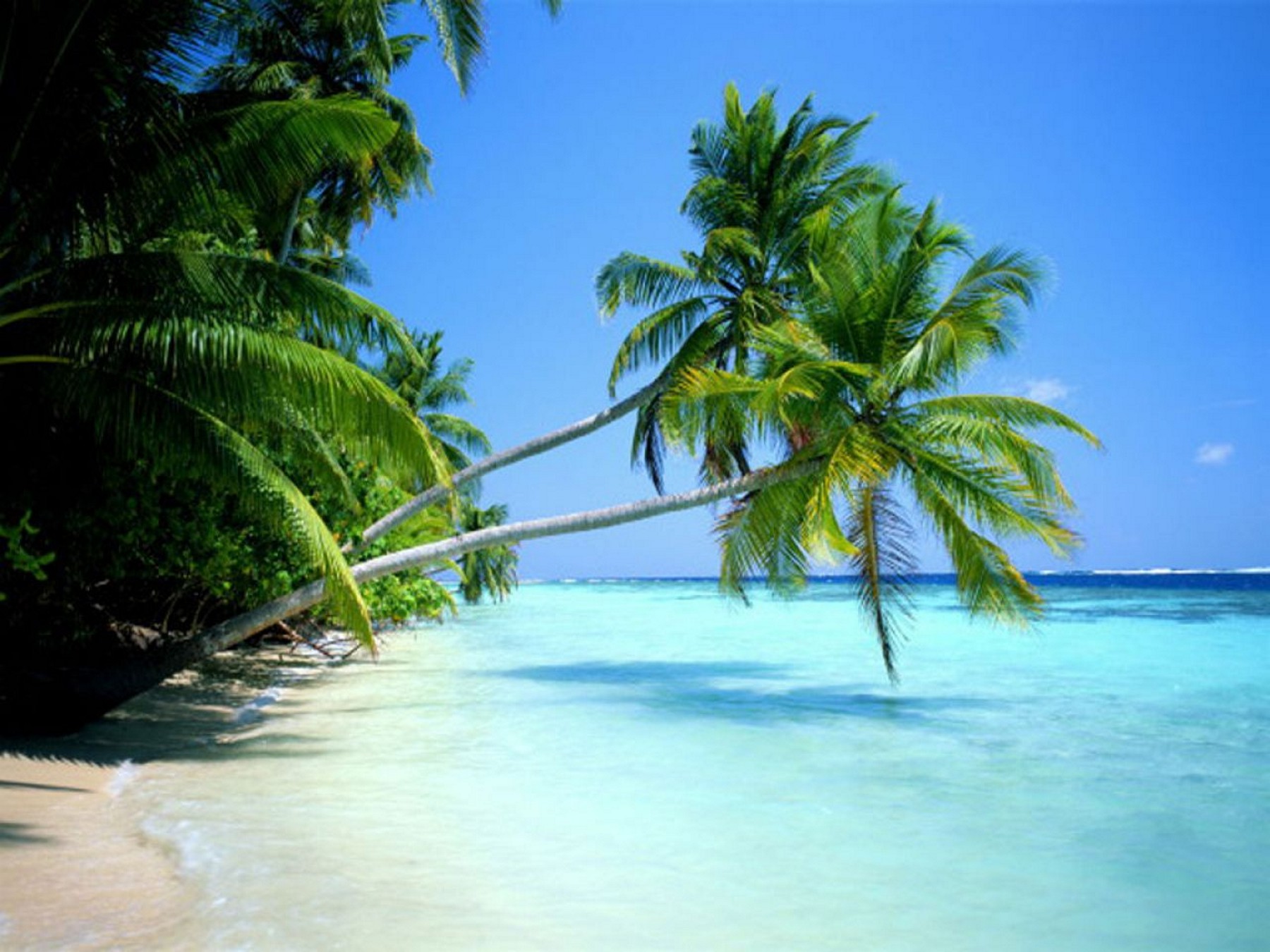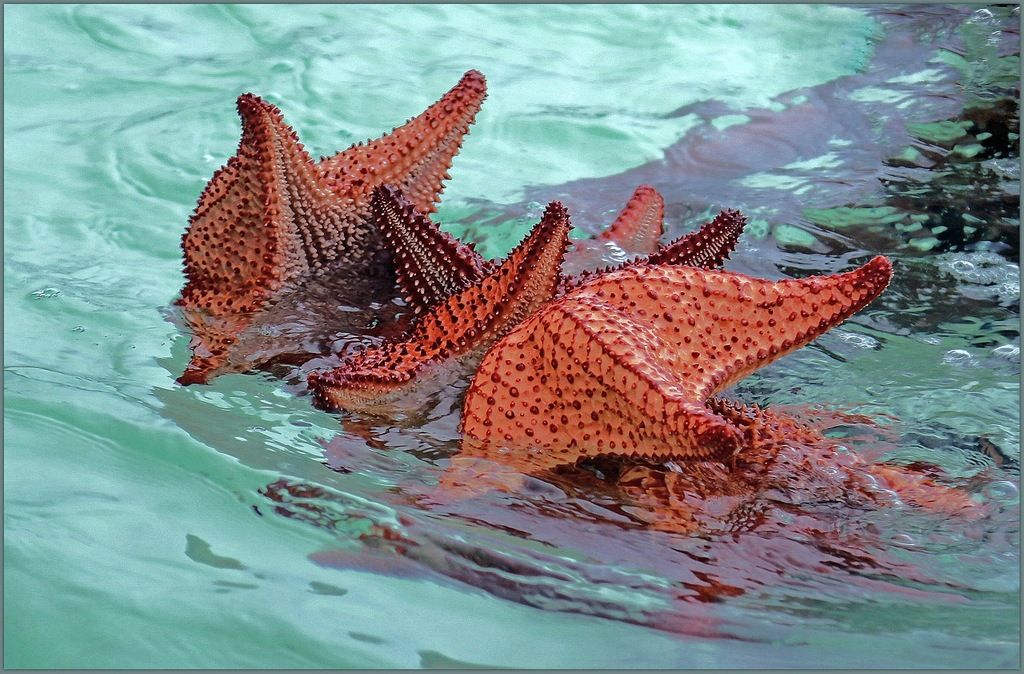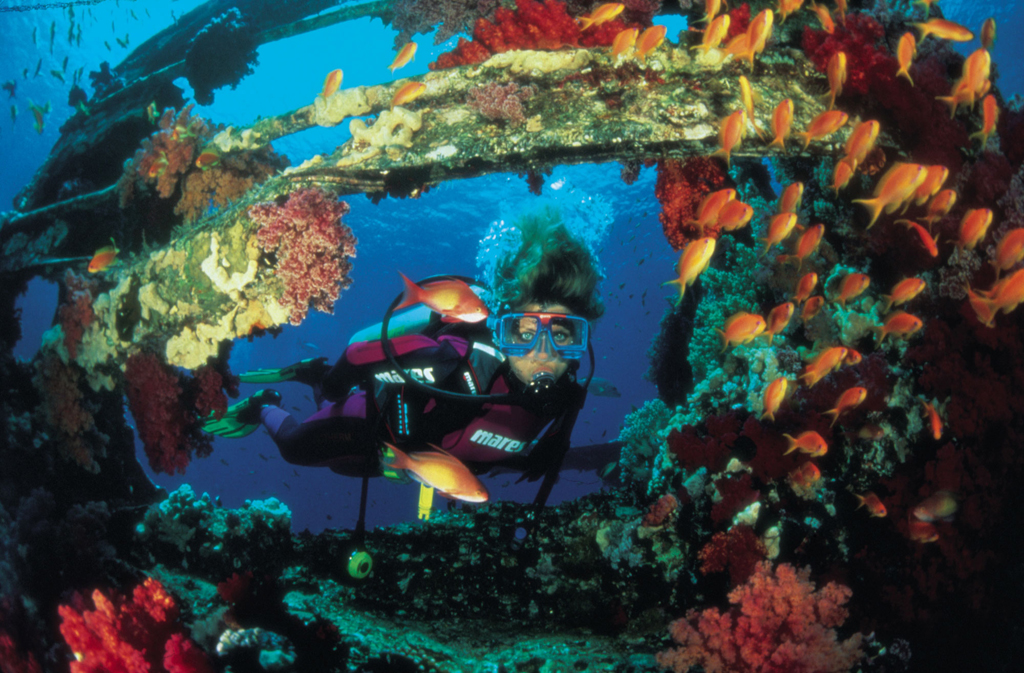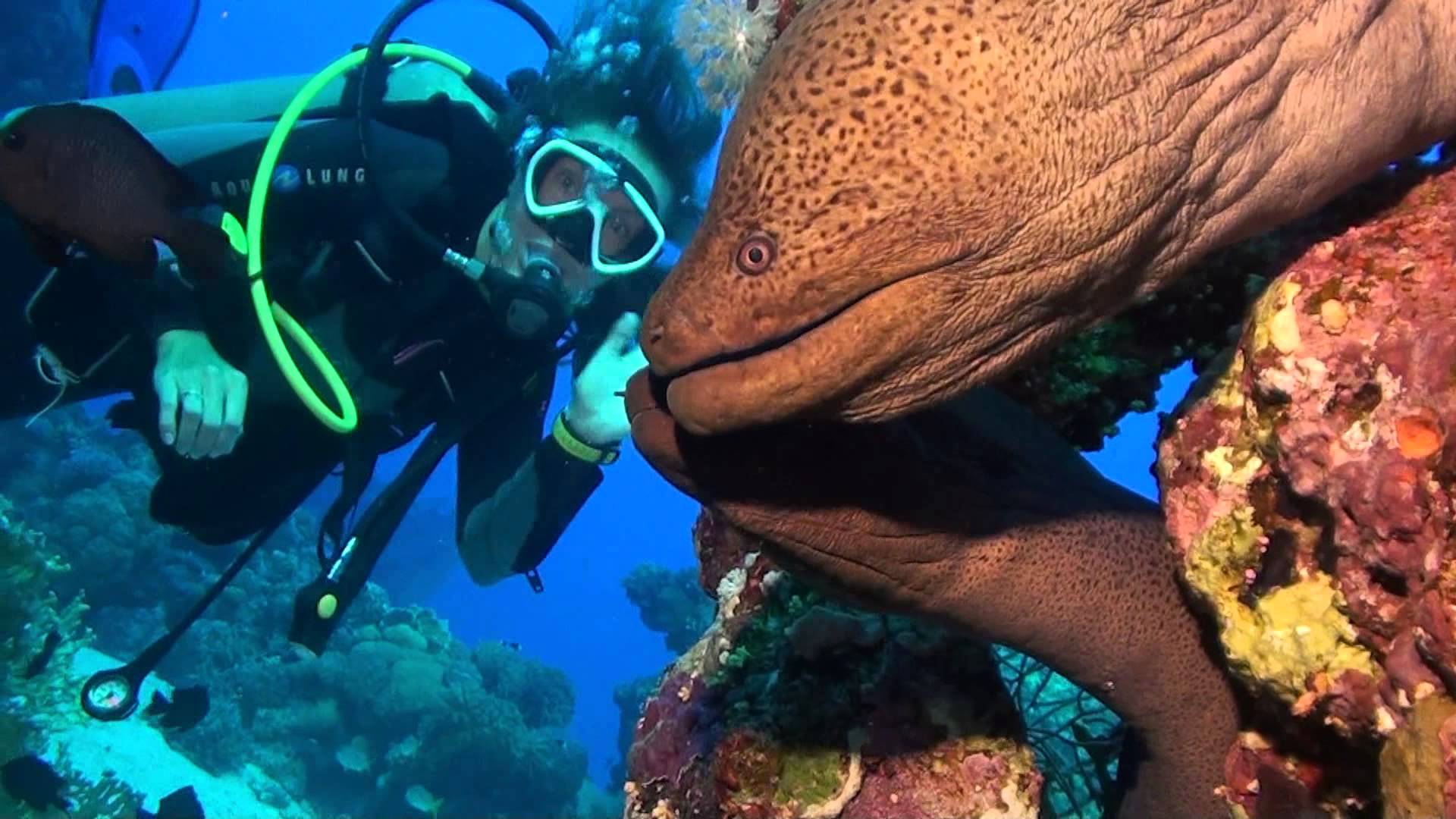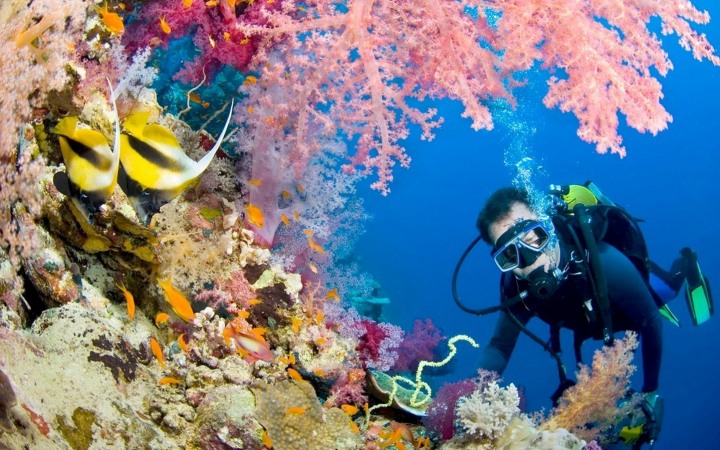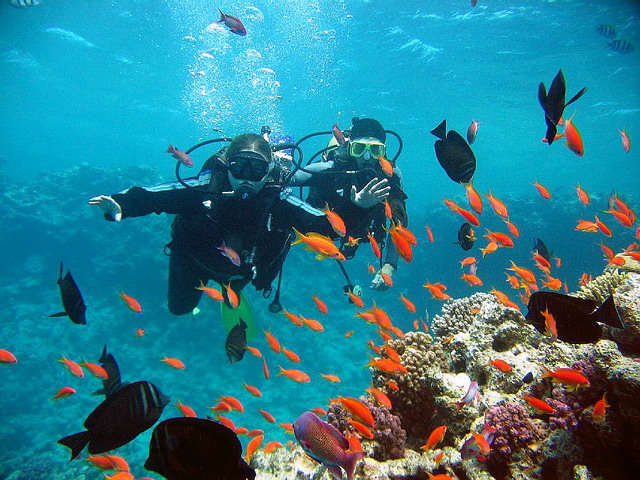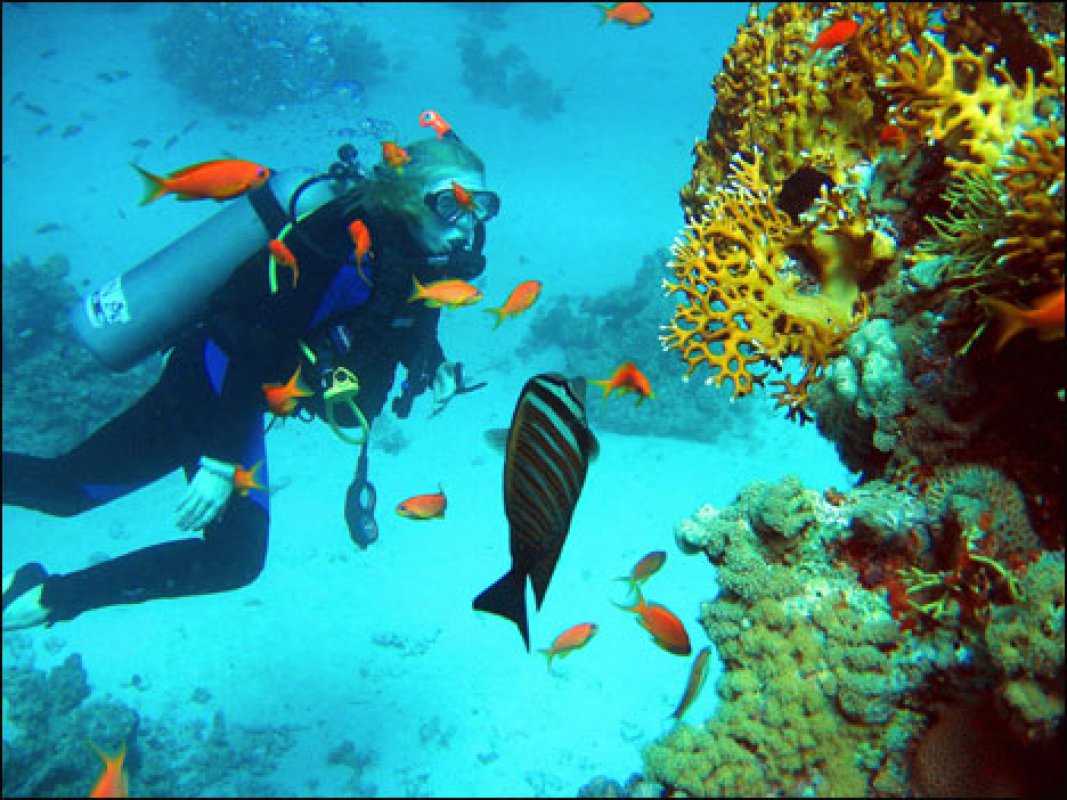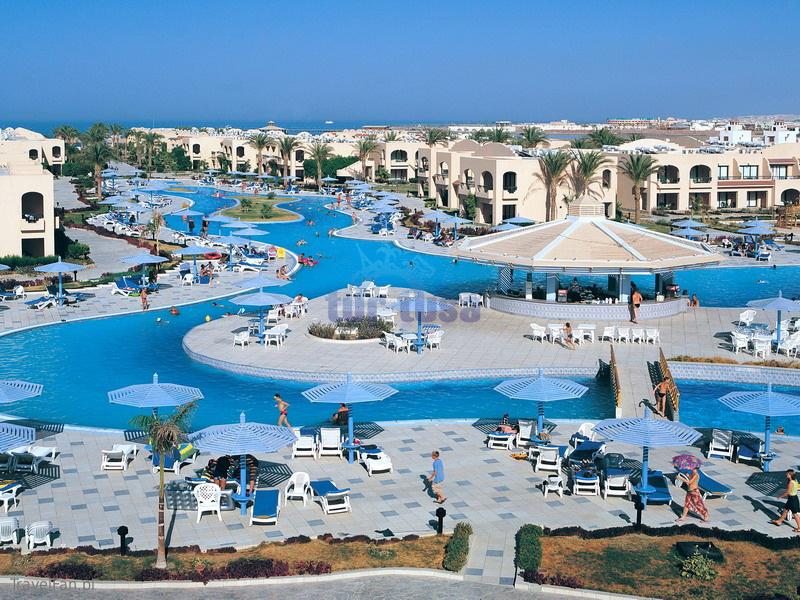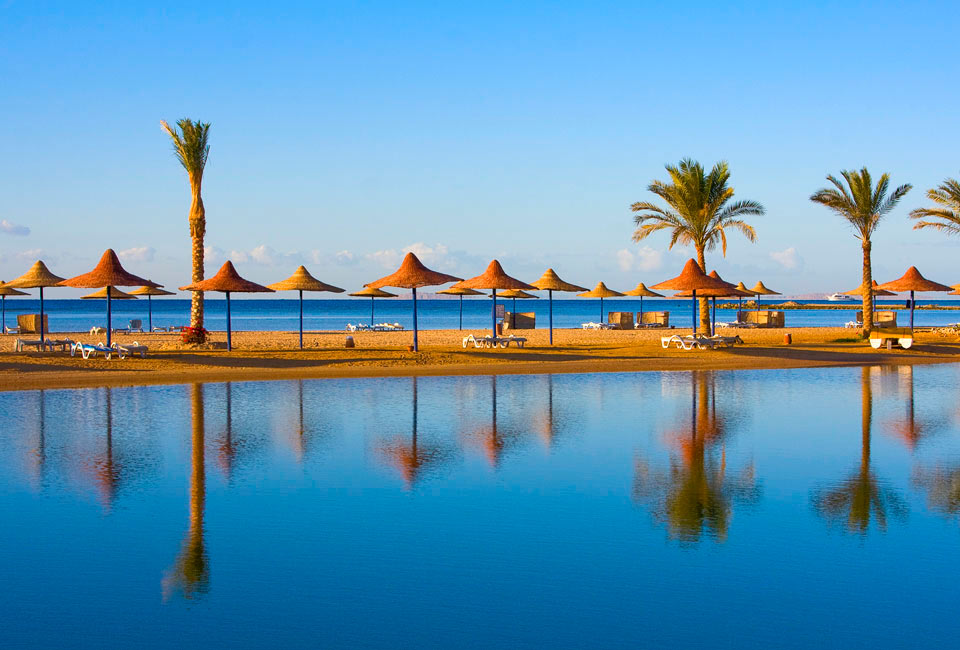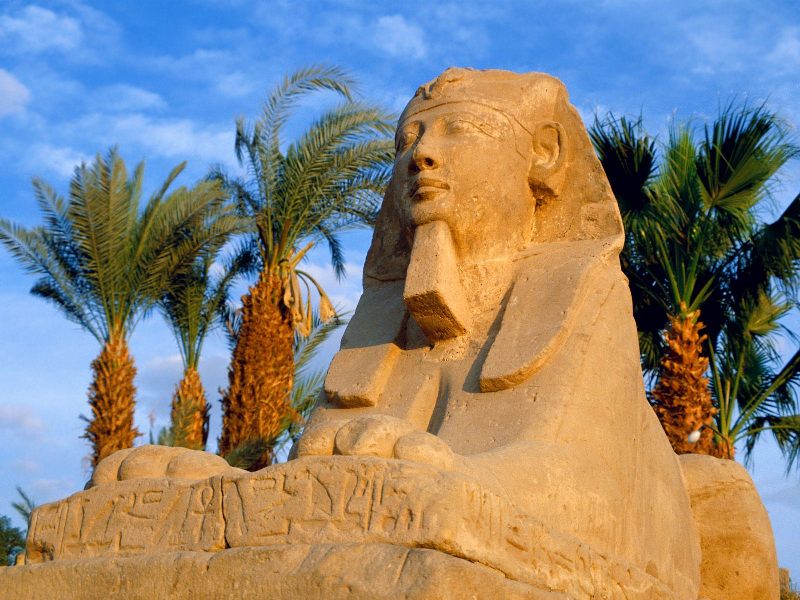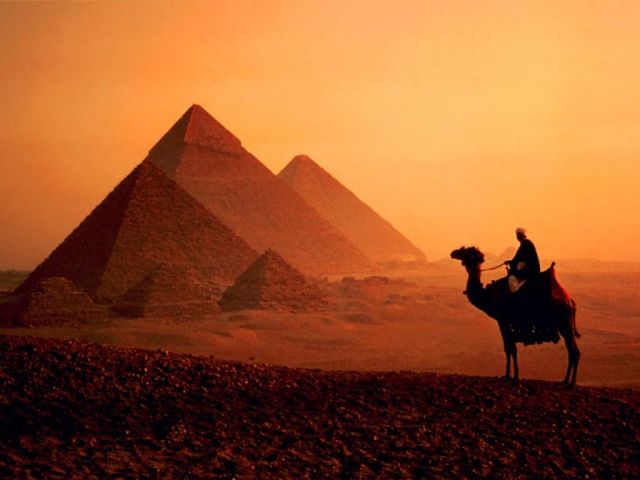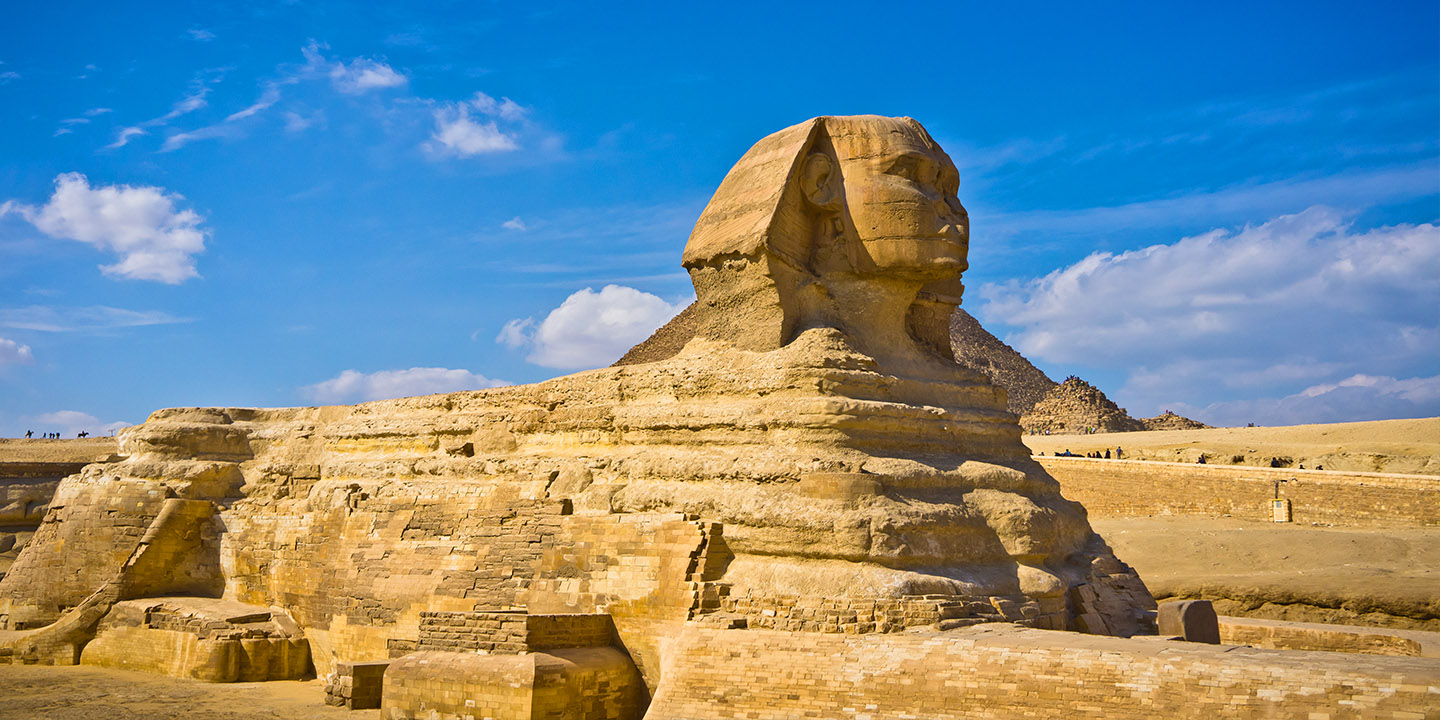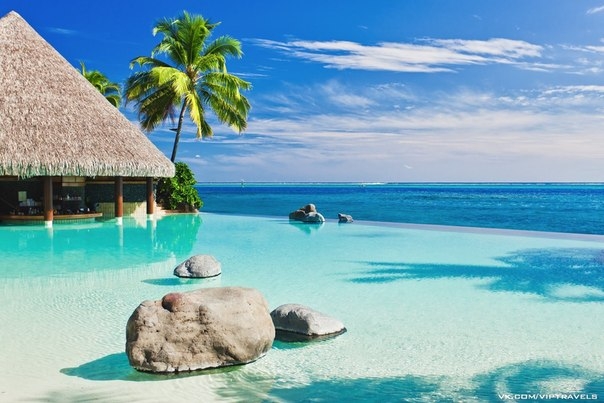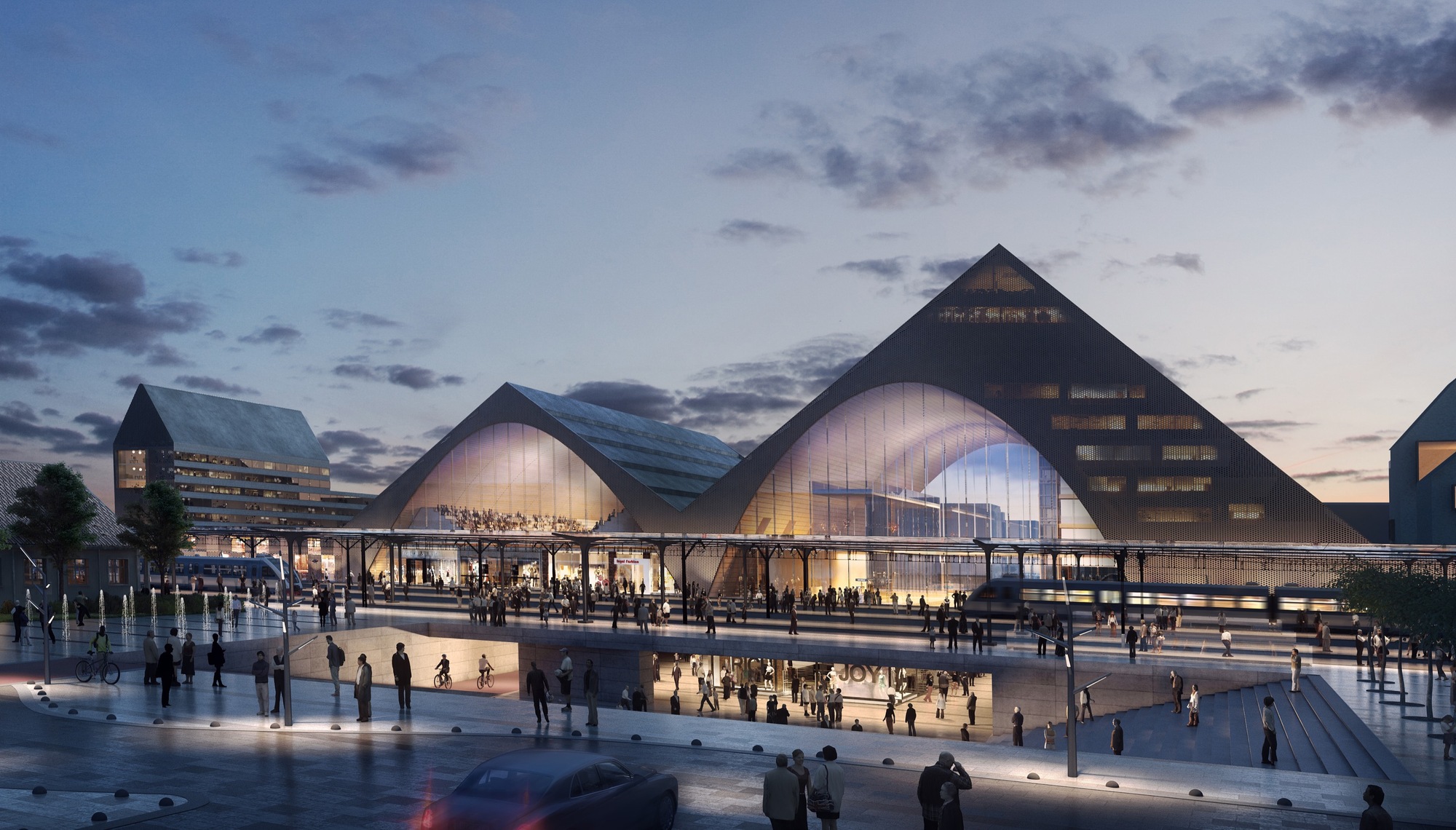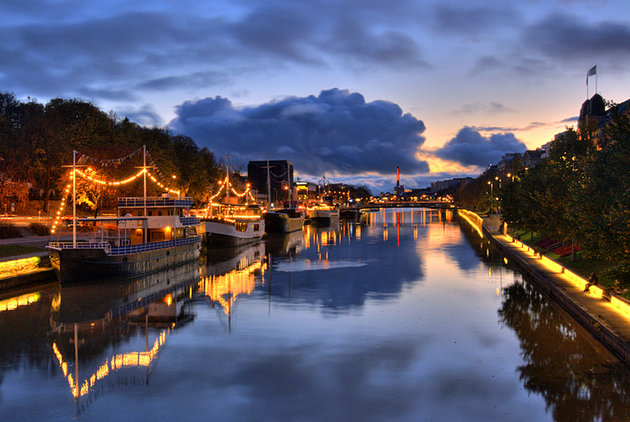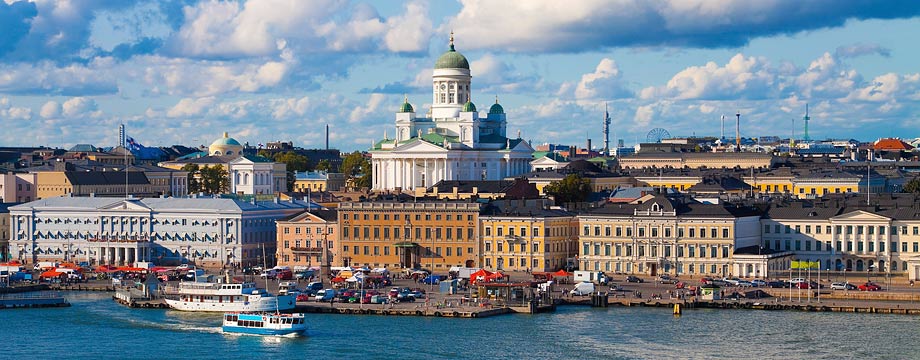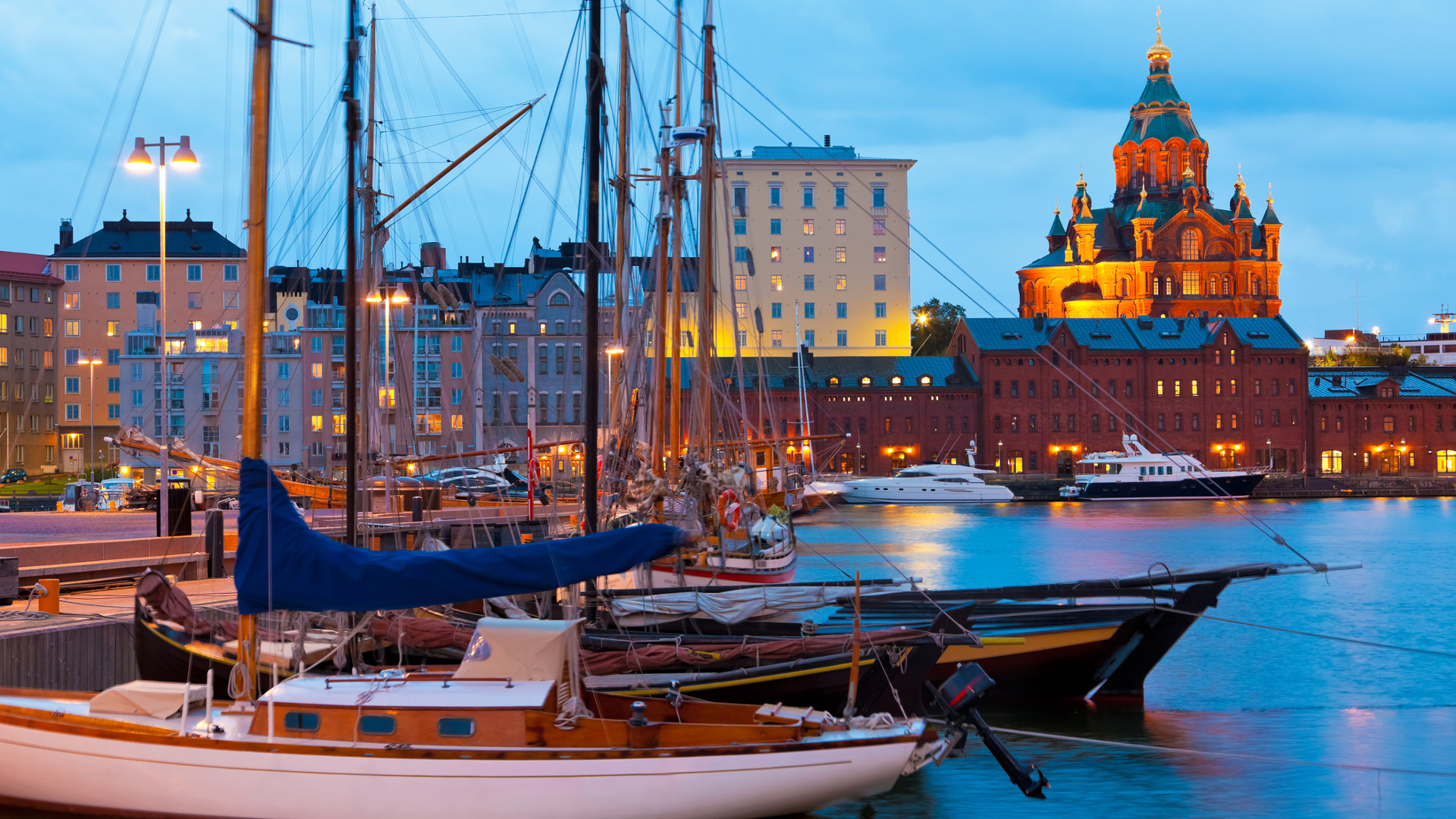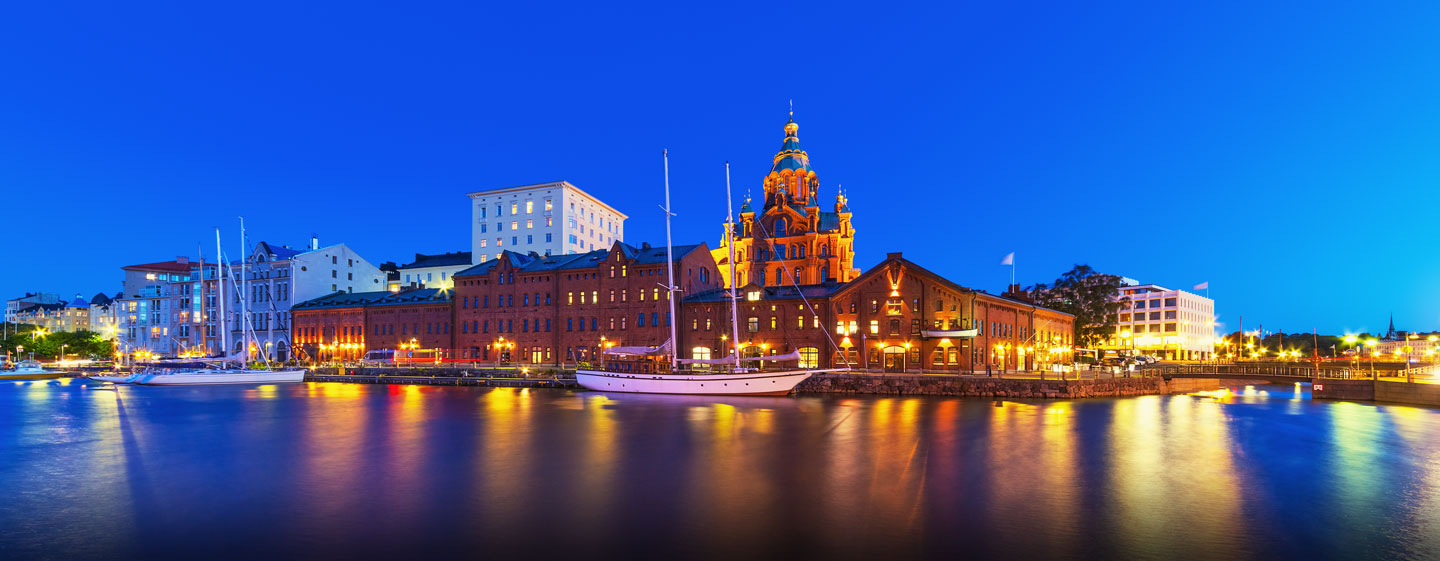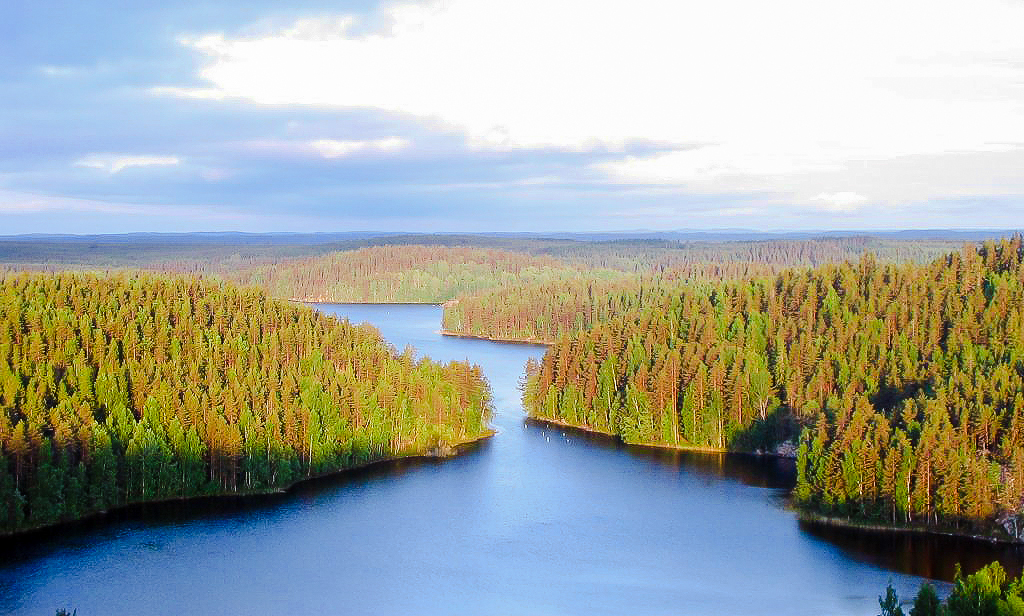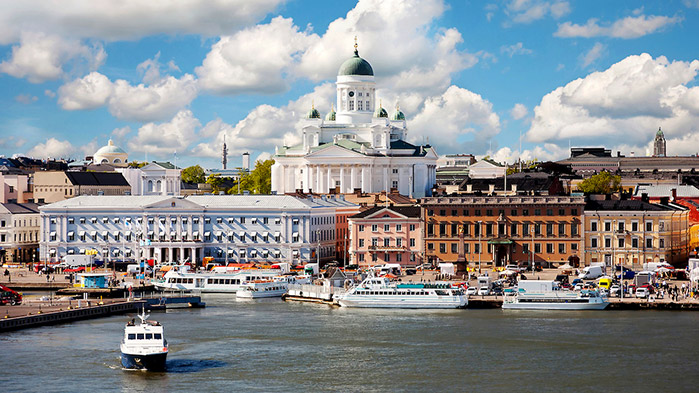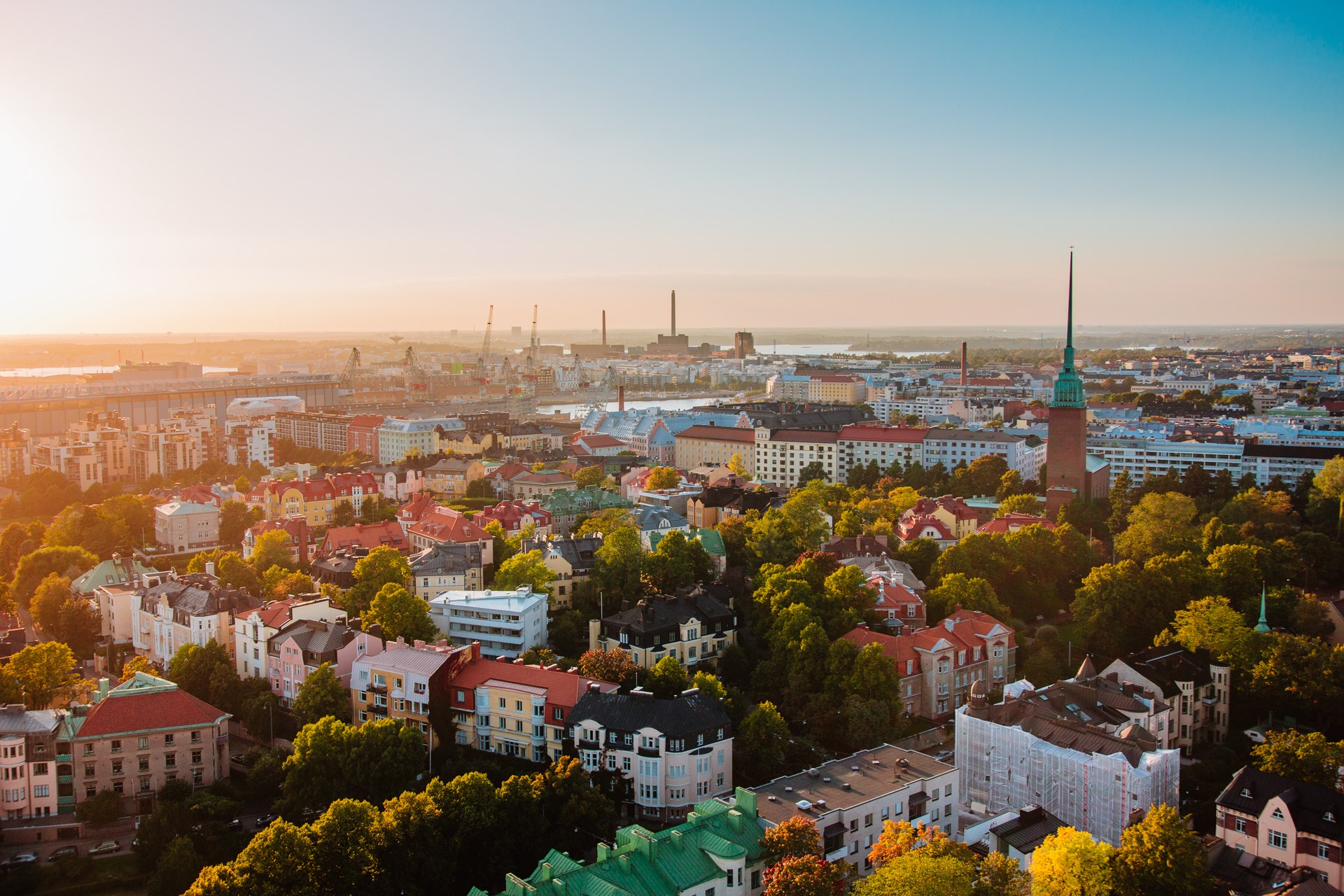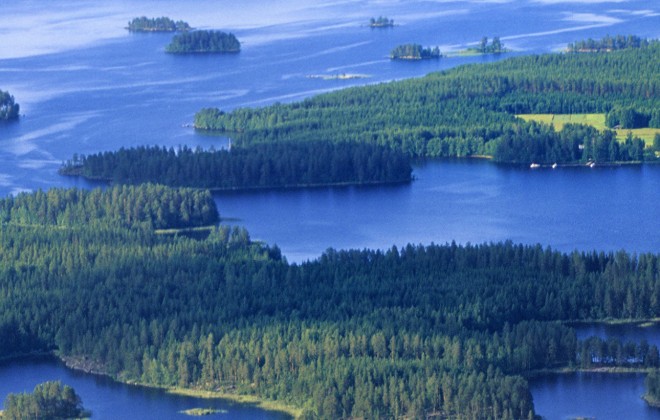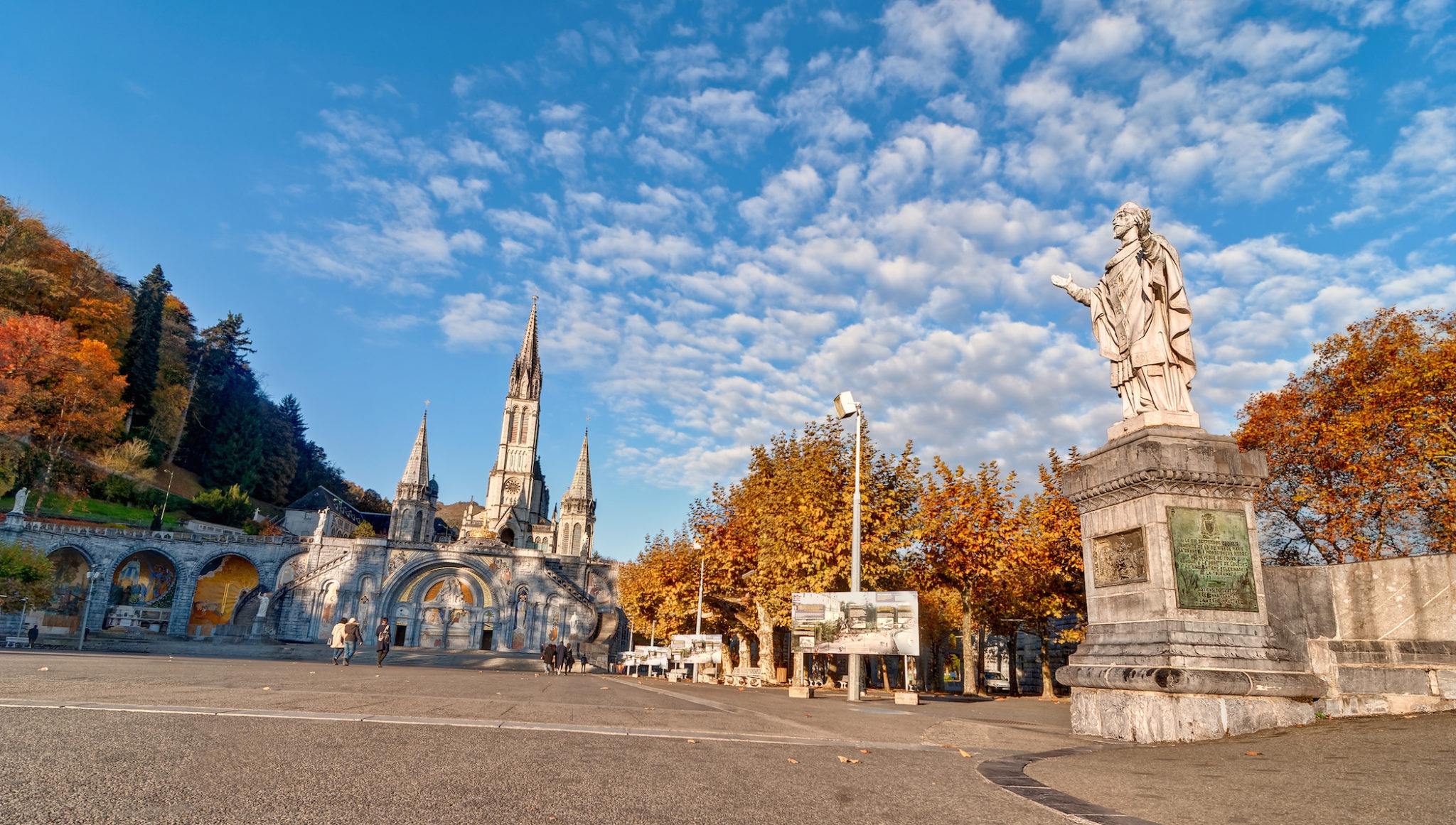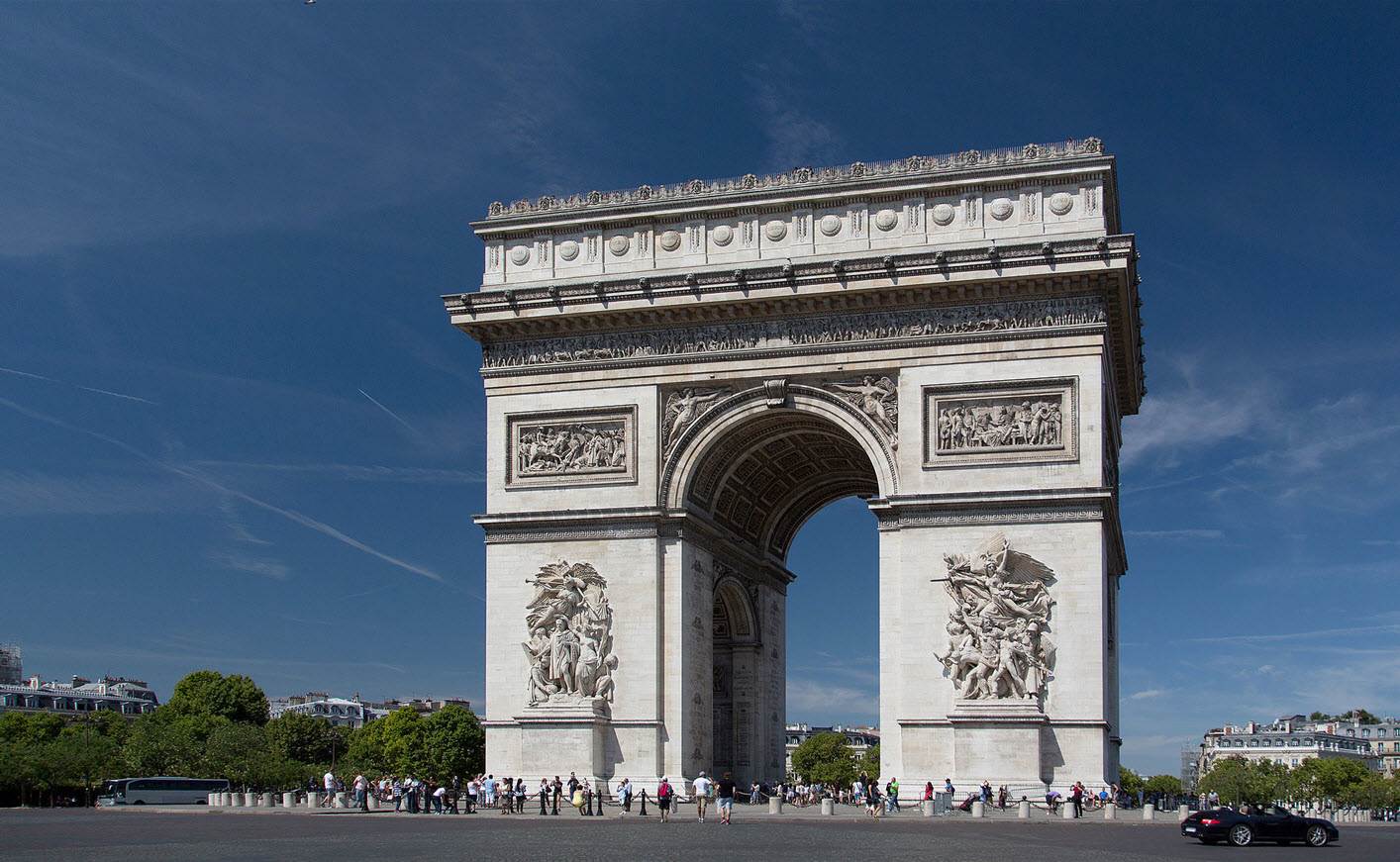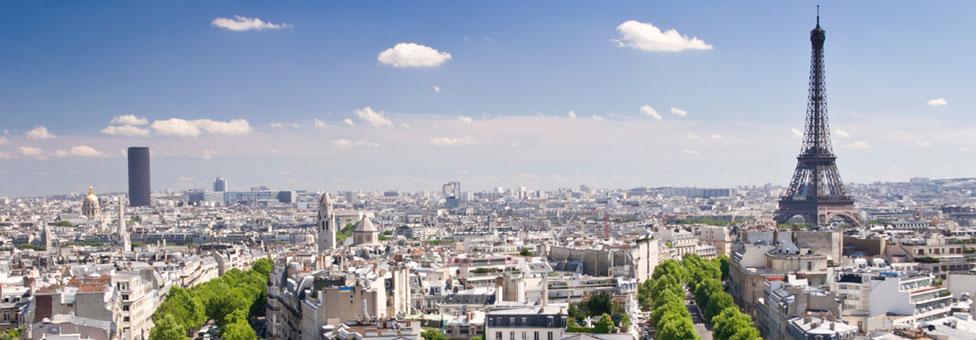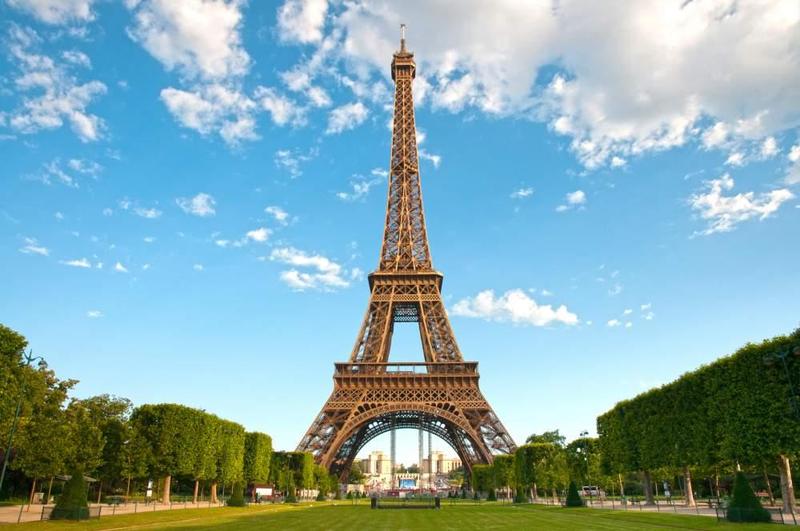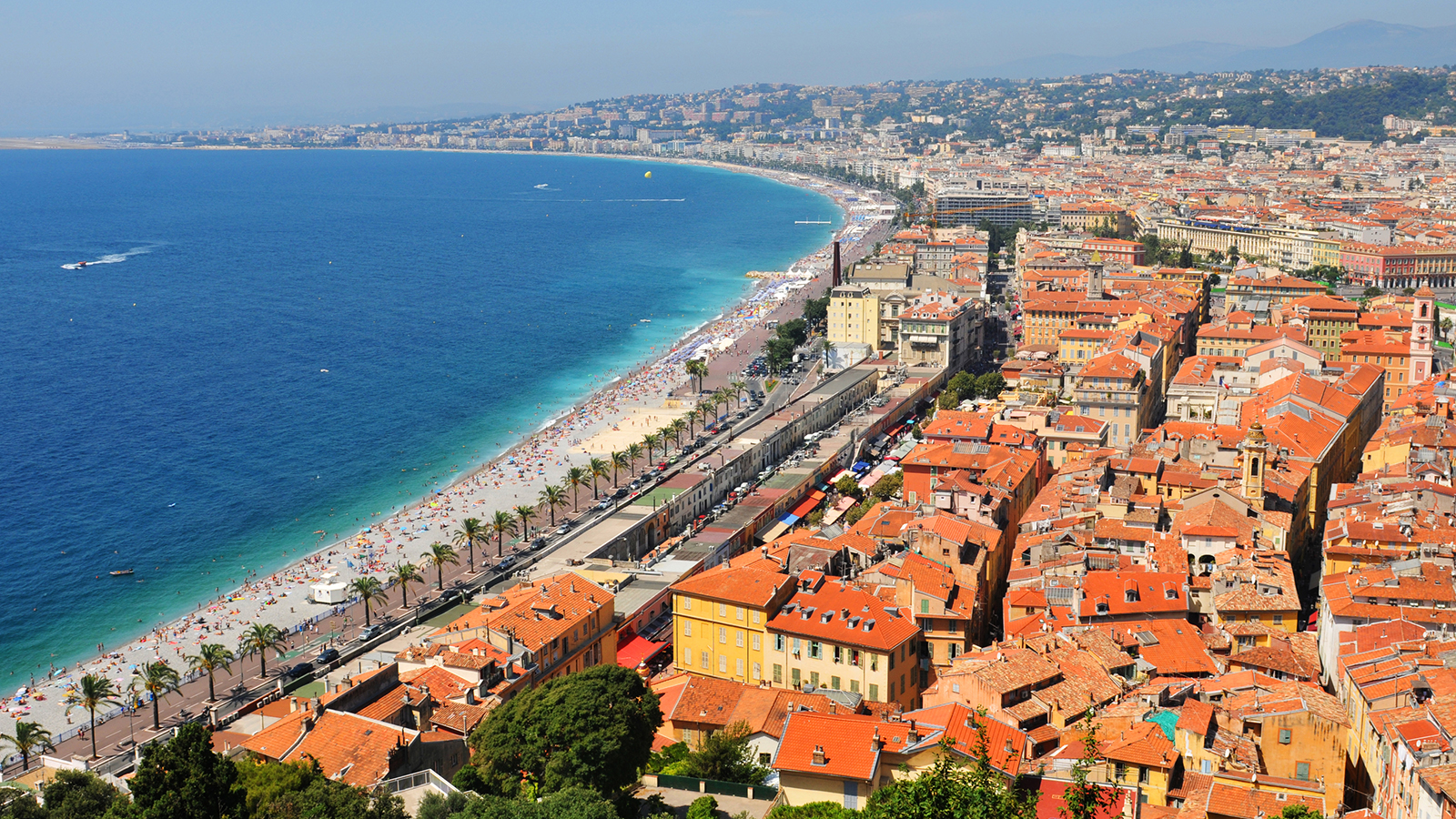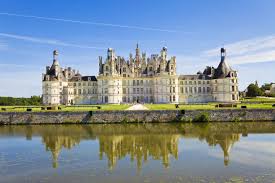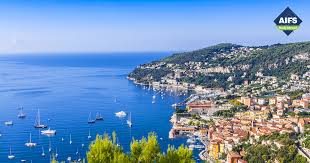Escape for the Weekend
Explore our collection of weekend
Czech Republic
Denmark
What to see in Denmark? The Blue Planet; Tivoli Gardens; Bakken Park; Legoland; wrecks and sea life of the Oresund; cliffs of Bornholm and caves of Hammershus; wrecks Sjælland and Dannebroge; and many WWII wrecks.
Denmark is a country in Northern Europe, bordered by Germany to the south. The nearest neighbors are Sweden and Norway. The country consists of the peninsula of Jutland and the Danish archipelago of 443 islands and is washed by the North Atlantic Ocean. The total area of the country is more 43 thousand square kilometers. The capital of Denmark is Copenhagen. The official language is Danish. The national currency is the Danish crown.
The terrain of Denmark is mostly flat and consists of plains. The climate is temperate, with mild winters and cool summers.
There is a lot to see in Denmark. Those who are interested in marine life will like The Blue Planet – the largest aquarium in Northern Europe – which gives the visitors a feeling of being under water. Tivoli Gardens, founded in 1843, is a national treasure with exotic architecture, historic buildings and lush gardens, fascinating people of all ages at all times of the day and the year. The 431-year-old amusement park, Bakken, is a wonderful place of resort for tourists with children. The park is inhabited by almost 2,000 free range deer and has lots of roller coasters, Ferris wheels, drop towers, and many more exciting and extreme adventures. Other ideal places for family vacation are Legoland and Djurs Sommerland, with lots of rides and attractions for kids of all ages.
Airports
Copenhagen Airport, Kastrup (CPHz) is the main international airport in Denmark and the largest airport in the Nordic countries.
Billund Airport (BLL), one of Denmark's busiest charter airline destinations.
Aalborg Airport (AAL), an international airport, located 6.5 km northwest of Aalborg.
Aarhus Airport (AAR) is an international airport located 35.9 km northeast of Aarhus.
Diving in Denmark
The Danes have always been seafarers, so all marine activities are very popular here, including diving. The waters of Denmark have great opportunities for wreck diving, night diving, off-beach diving or archaeological trips.
In the Oresund, where the waters of the Kattegat and the Baltic Sea mingle, you will find many various marine species, such as mussels, crabs, fish and starfish, and large amount of wrecks.
The waters around Anholt are full of wrecks dating back to the war, and more recent
ones. The depth is from 25 to 40 meters and the visibility reaches 30 meters.
Abundant marine life can be watched at Fornaes Fyr, and at Helgenaes – the easternmost point and the southernmost point of Djursland, respectively.
In Bornholm there are underwater cliffs; and near Hammershus you can dive in the caves.
Due to a huge amount of traffic in the Baltic Sea off the coasts of Denmark, its waters keep lots of wrecks – over 5000 ones, dating back over 1000 years. Some of the older wrecks, which are still diveable, are "Sjælland" sunk 1801 and "Dannebroge" sunk 1710. The number of WWII wrecks is enormous. They include fighter-bombers, Russian U-boats, minesweepers, torpedo boats, frigates, hospital ships, barges laden with weapons, coasters
Djibouti
Dominica
Dominican Republic
What to see in the Dominican Republic? Palaces and cathedrals of Santo Domingo; Lemon Waterfall, Gri-Gri Lagoon and Amber Coast; the St. George wreck; Punta Cana, Viva Shallow and Catalina Island; wrecks the Coco, the Patricia and the Atlantic Princess; and Padre Nuestra cave
The Dominican Republic occupies the eastern coast of Haiti Island in the Caribbean and several nearby islands, including the Greater Antilles. Its nearest neighbor is the Republic of Haiti, located on the same-name island. The climate of the Dominican Republic is classified as humid subtropical - there are often sea breezes and trade winds here.
In the capital of the Dominican Republic – Santo Domingo – there are many local attractions, including Higuey Basilica with its unusual architecture, the gothic Cathedral of the 16th century, the church of San Nicolas and Regina Angelorum, the Chapel of St. Andrew and the oldest church in America - Santa Maria. Also, tourists will like to explore the beautiful palaces, for which the Dominican Republic is notable, for example, Casa Borgelya and Casa Del Duarte. Surprisingly, even the first house on the island, built of stone, has remained intact there.
Many historical monuments of the island are dedicated to the notorious Christopher Columbus. These include the Museum las Casas Reales, the palace of his son El Alcazar and Columbus Park, where there is a bronze statue of Christopher.Those who like natural beauty can visit Lemon Waterfall, Gri-Gri Lagoon, Amber Coast, stretching from Cabarete to Cofresi, where you can see black amber, and climb to the peak of Duarte. You can take a tour of local tobacco factories. In the Samana Bay it is worth visiting the National Park, and to admire the rare humpback whales in winter.
International airports in the Dominican Republic
Of the six airports of the Dominican Republic, only three have international status.
• Punta Cana International Airport (PUJ)
The airport ranks third in terms of passenger traffic in the Caribbean. Due to the high workload and growing passenger traffic another runway, which will accept any passenger aircraft, is being under construction.
• Las Americas International Airport (SDQ)
• International airport of Puerto Plata (POP)
Also known as Gregorio Luperon Airport.
Diving in the Dominican Republic
The Dominican Republic offers excellent opportunities for diving thanks to a constant temperature of clear water, extensive thickets of coral gardens, underwater caves, "blue holes" and many wrecks. Dominican underwater fauna is particularly diverse - here you can see rare shellfish, crabs, sea rays, sharks, giant sponges and coral mazes.
Divers especially like such areas as Bayahibe with its National Park and wreck of the St. George, located close to the depth of 15 meters, Punta Cana, Viva Shallow with octopuses and eels, Catalina Island, where you can see the coral gardens Aquarium and Wall, Saona Island, Sosua Island, Shark Point, where you can make the company to reef sharks, and Stingray Point - here it is easy to see stingrays.
Along with the St. George, in the Dominican Republic, you can explore such wrecks as the Coco, the Patricia and the Atlantic Princess, artificially sunken in 2008. Unfortunately, from many ships resting on the bottom of the Dominican for many years, there are only boards left. Alas, nothing lasts forever.
A special highlight of the Dominican diving is underwater caves, for example, Padre Nuestra, famous for its stalactites. Virtually all of the entrances to the cave system are located on the land and in different parts of the country. It is worth noting that newcomers should take diving in underwater caves with great caution, as the inputs are rather complex for people without special training.
Egypt
World famous Sharm el-Sheikh and Hurgada resorts; ancient Alexandria; the Sun Temple of Ramses II in Aswan; the Valley of the Kings in Luxor; the White Desert and the Black Desert; the Blue Hole and the Canyon in Dahab; and the Thistlegorm wreck.
Egypt, officially the Arab Republic of Egypt, is a country located in North Africa and the Sinai Peninsula of Asia and is therefore a country of two continents. The total area of Egypt comprises 1 million square kilometers; the population is more than 88 million people.
In the north-east Egypt borders Israel and the Gaza Strip, in the south – Sudan, in the west – Libya. In the north Egypt is washed by the Mediterranean Sea, in the east – by the Red Sea. The seas are connected by the man-made Suez Canal. The capital of the country is Cairo. The official language is Egyptian Arabic.
Most Egypt’s terrain is desert with a few oases. The climate is hot, dry and sunny. The coastal climate is softened by Mediterranean winds.
The national currency is the Egyptian pound. All major credit cards are widely accepted. Most cities and towns have ATMs. You can exchange money at banks (where exchange rates are better), official bureaux de change outlets and most hotels.
What do you associate Egypt with? – Certainly, with pyramids, giant temples, huge statues, ancient fortresses, obelisks and bas-reliefs, hot springs, a unique white desert containing many notable places, as well as fantastic coral reefs and colorful tropical fish.
Those who come to Egypt to bask in the sun will be absolutely satisfied with Sharm el-Sheikh and Hurgada with their numerous sandy beaches, lots of comfortable hotels and perfect diving opportunities. Cheaper accommodation can be found in Dahab, which also offers perfect opportunities for windsurfing, rock climbing, scuba diving and desert trekking.
History enthusiasts should visit Alexandria, founded 23 centuries ago by Alexander the Great and still holding many cultural attractions; Siwa Oasis, where you can see ancient fortresses built of mud; Dahshur, a necropolis where the Bent Pyramid and the Red Pyramid, built 4 thousand years ago, can be seen; Aswan, with the Sun Temple of Ramses II and the temples of Philae and Kabasha; Luxor, attracting by the ancient royal tombs of the Valley of the Kings and the ancient temples of Karnak and Luxor; and, of course, the Giza necropolis, with the world famous pyramids and the Sphinx. In Cairo do not miss the chance to visit Al-Azhar Mosque, the Enlightened Mosque and Sultan Qalawun Mosque – perfect examples of Islamic architecture.
Nature lovers will be glad to see the White Desert, whose landscapes resemble an alien planet; the Black Desert, featuring black rocks and volcanic hills; the fantastic Desert Breath and the amazing Lake Qarun.
El Nouzha Airport or Alexandria International Airport (ALY), Alexandria
Aswan International Airport (ASW), Aswan
Cairo International Airport (CAI), the busiest airport of Egypt, located near Cairo.
El Arish International Airport (AAC), El Arish
Hurghada International Airport (HRG), Hurghada
Luxor International Airport (LXR), Luxor
Marsa Alam International Airport (RMF), Marsa Alam
Sharm el-Sheikh International Airport (SSH), Sharm el-Sheikh
St. Catherine International Airport (SKV), Saint Katherine city
Taba International Airport (TCP), Taba
The Red Sea is a real treasury for divers. Where else will you find so many gorgeous reefs, perfect visibility, millions of fish, towers, sheltered reefs, coral gardens, pinnacles, walls and wrecks?
Off Farun Island you can go wall diving and enjoy colorful corals, teeming with breams, batfish, moray eels and frogfish – and endemic marine species.
The marine reserve of Giftun Island can boast precipitous drop offs, amazing coral reefs and abundant marine fauna, which includes barracudas, tunas and other big pelagic species.
In Ras Mohamed National Park you will also find fabulous coral reefs, inhabited by plenty of various fish. The strong currents give opportunity of drift diving.
One of the most popular dive sites in Egypt is Seven Pillars, situated not far from Safaga. These 14-meter high coral formations are beloved by Napoleon wrasse, lionfish and puffer fish.
In the Shadwan Channel there are 5 cargo shipwrecks, the oldest of which – the Carnatic sunk in 1869 after hitting a reef. The wrecks are covered with soft corals and nudibranches and inhabited by various critters, including octopuses and giant moray eels.
In Aqaba you will find about 25 dive sites, offering stunning coral gardens, pinnacles and the Cedar Pride, a well-known wreck, covered with a picturesque carpet of soft corals and sponges.
In the waters of the Brothers Islands you will discover an amazing world of steep walls, impressive corals and abundant sea fauna, including gray reef sharks, white-tip reef sharks and hammerheads.
In Dahab you have an opportunity to explore two world famous dive sites – the Blue Hole and the Canyon.
40 kilometers from Sharm El Sheikh there is probably the most popular wreck in Egypt – the Thistlegorm, a British army freighter sunk in 1941 with all her cargo, including tanks, armoured vehicles and aircraft.
Estonia
Fiji
Finland
What to see in Finland? the Northern Lights; Santa Claus’ residence; Finlandia Hall; the Lumi Linna Snow Hotel; wrecks the St Michael, the Vrouw Maria, the Plus and the Kronprins Gustav Adolf.
Finland is a country in Northern Europe bordered by Sweden, Norway and Russia. The capital of the country is Helsinki. The official languages are Finnish and Swedish.
The national currency is the Euro.
On the territory of Finland there are almost 188 000 lakes and about 179 000 islands. Much of Finland’s landscape was formed by glaciers of the Ice Age, which made it mostly flat with few hills and fewer mountains. The land is covered with fens and taiga forests, inhabited by brown bears, gray wolves, wolverines and elks. There are 37 national parks in Finland, which help to keep its nature pristine.
The temperate climate of Finland is rather warm for its latitude due to the influence of the Gulf Stream, the Baltic Sea and numerous lakes.
What do you know about Finland? First of all, this country is famous for its unique lakes and rivers, carefully protected by the state. Rafting, all kinds of hiking, fishing and boating will impress any traveler who comes to this land. Main attractions and places of interest in Finland are concentrated in its capital - Helsinki, located on the shores of the Gulf of Bothnia.
In Finland you can see the Northern Lights in winter and midnight sun in summer; visit Santa Claus’ residence in Lapland and go skiing in Levi, one of the largest Finland’s winter sport resorts; visit Finlandia Hall and the underground Rock Church in Helsinki; and spend a night at the Lumi Linna Snow Hotel, built entirely from snow.
Nature enthusiasts will be undoubtedly glad to visit the winter Imatra, where you can take up winter fishing: the picturesque Vuoksi River never freezes, even in cold weather.
Another natural attraction of Finland is Lemmenjoki National Park, one of the biggest unpopulated areas in Europe, which shows all the pristine beauty of Finnish lakes, forests and wildlife. It is home to golden eagles, bears and moose.
Wild Northern animals can also be seen in the northernmost zoo Ranua. Here you will meet more than 60 species of wild animals that live only in the Arctic: wolves, brown and polar bears, elk, lynx, deer, and even wolverine.
Those who like dogs must visit the husky farm, located 20 km from Rovaniemi. here you will see many species of wolf-like dogs, watch their life, the process of training and, of course, take a ride in a husky sled.
In Kalevala village, an open-air ethnographic museum near the town of Kuhmo, you can learn much interesting about the culture of ancient Finland and its inhabitants.
Airports
Helsinki Airport (HEL)
Oulu Airport (OUL)
Diving in Finland
In the Gulf of Finland, and its larger neighbor, the Gulf of Bothnia, there are a lot of wrecks, even wooden ones, well preserved due to the temperature and low salinity of water. But keep in mind that all of the shipwrecks older than 100 years are legally protected, which means divers are not allowed to touch anything.
The most interesting wrecks:
The St Michael, a Russian merchant ship, about 25 m long, well preserved, partially excavated;
The Vrouw Maria, a Dutch merchant ship sunk in 1999 and lying at a depth of 41-43 meters.
The Kronprins Gustav Adolf, a Swedish man-o-war, sunk off Helsinki in 1788 and turned into an underwater museum for scuba divers, with info plates underwater. She is located southwest from the lighthouse island of Harmaja at a depth of 18-20 meters;
The Hindenburg, a German icebreaker built in 1915 and sunk in 1918 after hitting a mine off Åland. She lies at a depth of 37-47 meters;
The Nederland, a Dutch river barge, sunk in 1917. The wreck is 35 meters long and 8 meters in width and rests at a depth of 20-24 meters near Marhällan.
The Plus, a 70-meter long square-rigger, built in 1885. She lies just 100 meters from shore, at a depth of 17-32 meters.
The S/S Notung, a 75-meter steamship, built in the UK in 1882 and sunk in 1942. She is located at a depth of 40-50.
The water visibility varies from 4 to 15 meters. The average temperature of water is about 4 degrees Celsius in winter and 18 degrees in summer.
France
What to see in France? Provence; Brittany; Loire; Nice; the wrecks of German submarines in Northern France; the Graillon Marine Park, the Donator wreck, The Rubis wreck, The Togo in Southern France; Lavezzi Marine Reserve.
What comes to your mind when you hear the word “France”? Love and romance; the Louvre and the Eiffel Tower; lavender fields of Provence and castles of Loire; sunny luxury of Nice and severe beauty of Brittany; vine and cheese; perfumes and haute couture – this bouquet of images, colours, aromas and tastes is France. This country is dream destination for many and many tourists all over the world (total amount of tourists, visited France in 2012, was 83 millions), and it deserves such a great attention. France has 37 sites inscribed in UNESCO's World Heritage List, not counting beautiful nature, world-known health resorts, hospitable sea coasts and charming villages.
France (officially the French Republic) consists of 27 regions and 101 departments. Moreover, it has five overseas collectivities (French Polynesia, Saint Barthélemy, Saint Martin, Saint Pierre and Miquelon, and Wallis and Futuna), one sui generis collectivity (New Caledonia), one overseas territory (French Southern and Antarctic Lands), and one island possession in the Pacific Ocean (Clipperton Island).
France has temperate maritime climate, changing into continental inland and into subtropical in Mediterranean region. In the Alps the climate is mainly alpine.
The capital of France is Paris.
The official language is French.
The national currency is Euro and CFP franc (in the French overseas collectivities). You can exchange currency in banks, which work from 10 am to 5 pm, or in exchange offices, working till midnight. The most profitable exchange rate is in Bank de France and in exchange offices with the sign «No commission».
Transport in France
The most popular and the most convenient way of intercity communication is going by train. If you travel for a great distance, you’d better use high-speed train, such as TGV – the tickets are not cheap, but comfort and time economy are obvious. There are also suburban trains TER, Intercités and Lunea (night trains). It is better to buy train tickets in advance, especially in peak season.
Flight connection in France is highly developed. There are airports in nearly all big and medium cities. Moreover, low-cost air companies give opportunity to save money at travelling.
International airports in France
| Chambery-Savoie Airport (CMF) |
| Lille Airport (LIL) |
| Nice Cote d'Azur Airport (NCE) |
| Paris Vatry Airport (XCR) |
| Strasbourg Airport (SXB) |
Urban transport mostly consists of busses, trams, local trains and taxies.
Diving in France
Coastal waters of France are good diving place not only for beginners, but also for experienced divers. This country offers three unique, different coasts, plenty of islands and unforgettable underwater world. France has good diving schools. Moreover, the first dive center was founded in this very country in the 1930s. All diving areas in France can be divided into three main categories:
Northern France: this region has 360-mile coastline. Diving in these areas are specifically wrecks dives. Here, at a depth of 40 meters you can see the wrecks of German submarines, and deeper, at about 60 meters there are wrecks of old-time ships. The best time for diving here is from May to September. The visibility is 5-20 meters.
Southern France
Cote d'-Azur offers pleasant pastime to all categories of divers. The underwater world will strike you by lots of beautiful corals and bright fish, sunken ships and underwater rocks. The fauna is varied – you can see moray eels, groupers, rays and octopuses, but there are no big predators. There are a lot of good dive sites here, though the best of them are situated rather deep. Many dive spots (about 150) are located near Marcel and Cassis, including the supposable place of sinking of Saint-Exupery’s airplane. The most popular dive sites are the Graillon Marine Park, the Donator wreck, The Rubis wreck, The Togo, the Liban, Aritay and Le Rela. You can dive here from May to November. The visibility is about 30 meters.
Corsica
This island has about 80 dive centers and diving schools.
The most popular dive sites are
- Lavezzi Marine Reserve
- Near Calvi Island, where you can meet big shoals of eels and explore the wrecks of the US plane
- Along the east coast, where you can explore an Italian ship at a depth of 34 meters
- Near Bastia Island – here you can see the wrecks of an American fighter
- In the bay of Porto-Vecchio divers can explore a sunken cruiser
- Near Sagone Island there are the wrecks of a sunken fire-fighting plane.
The best time for diving lasts here from May to September. The visibility is about 30 meters.
